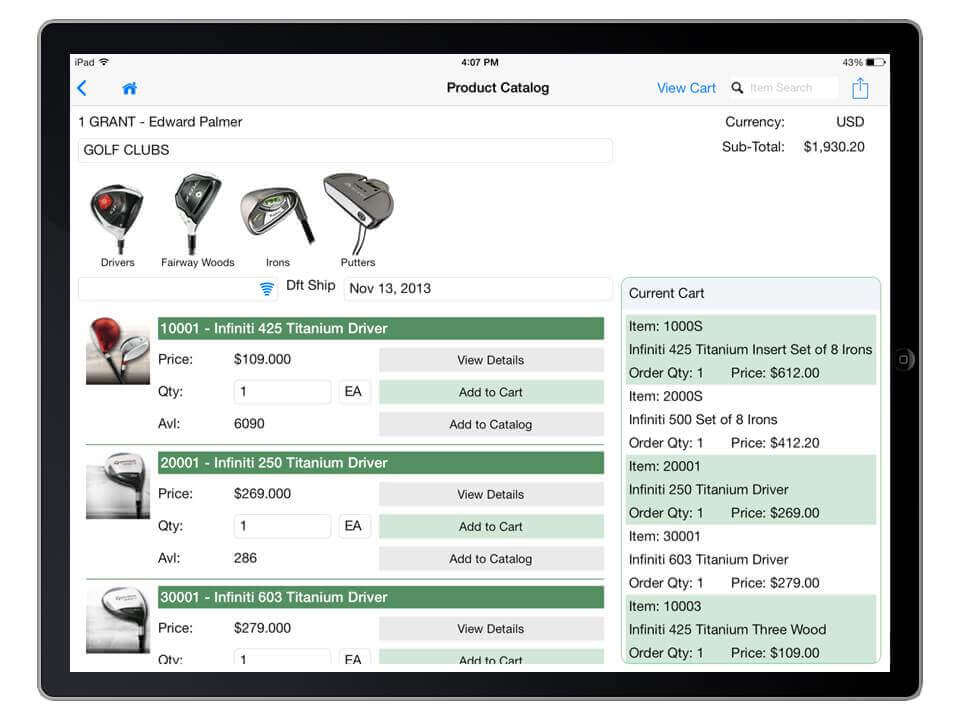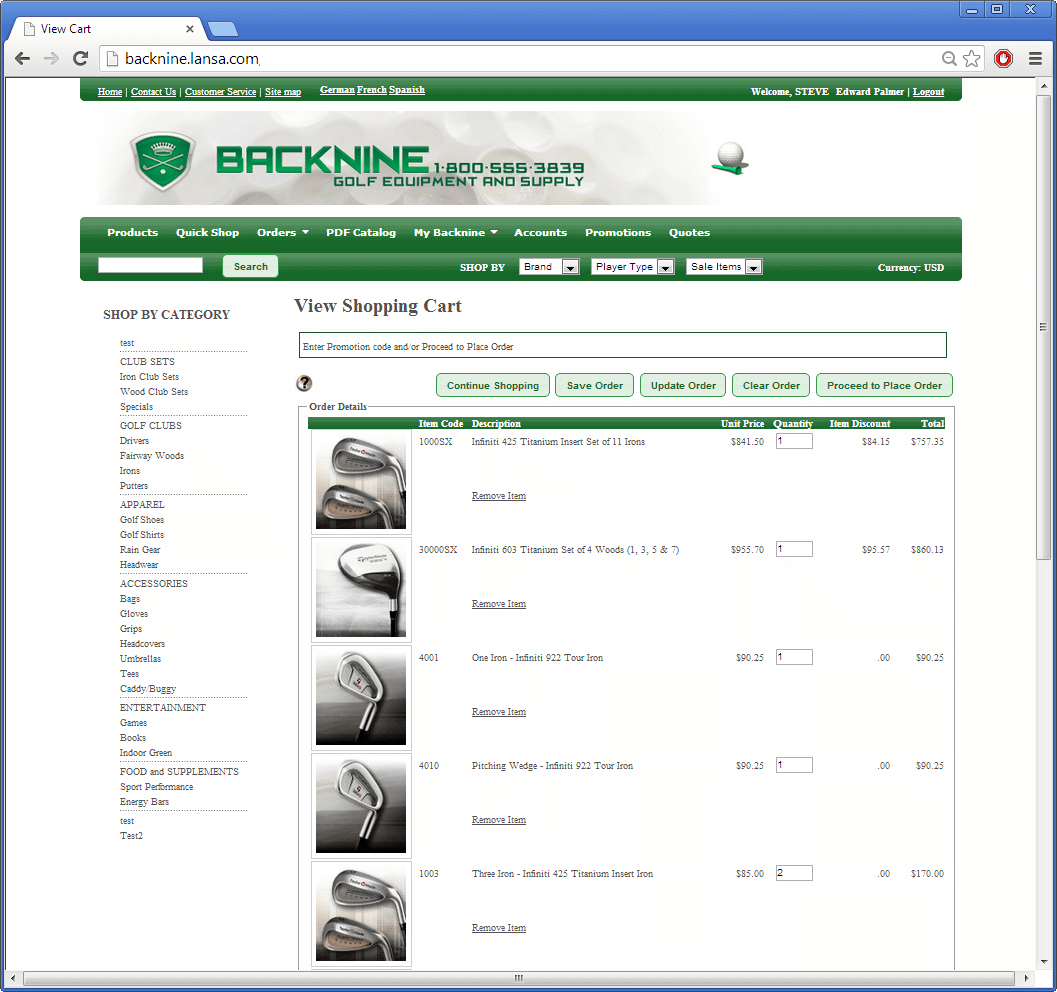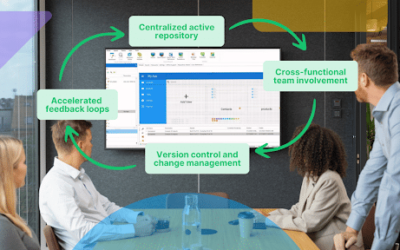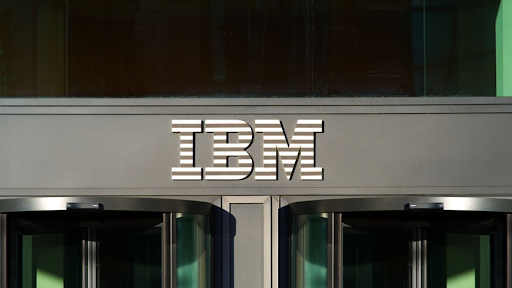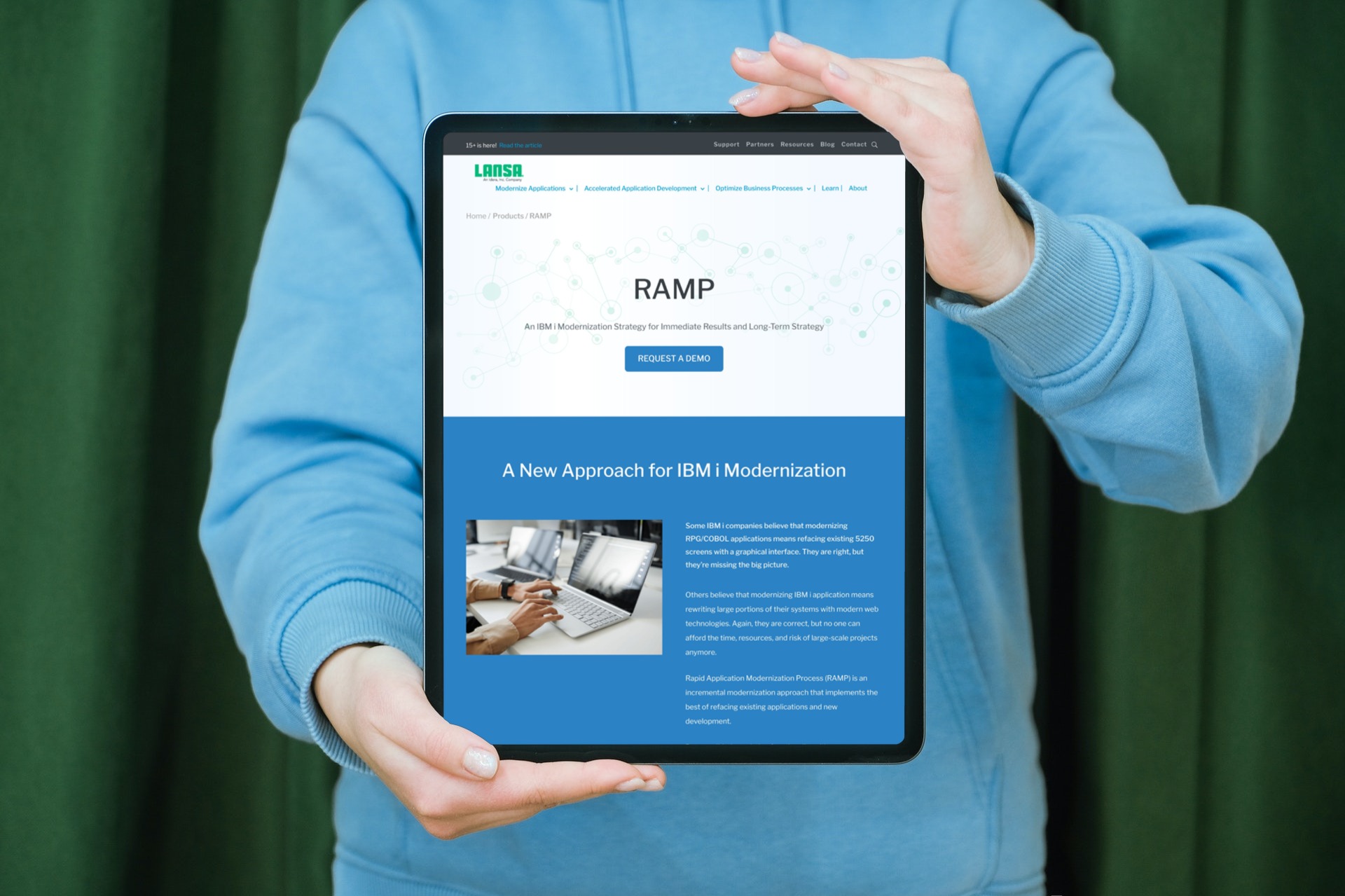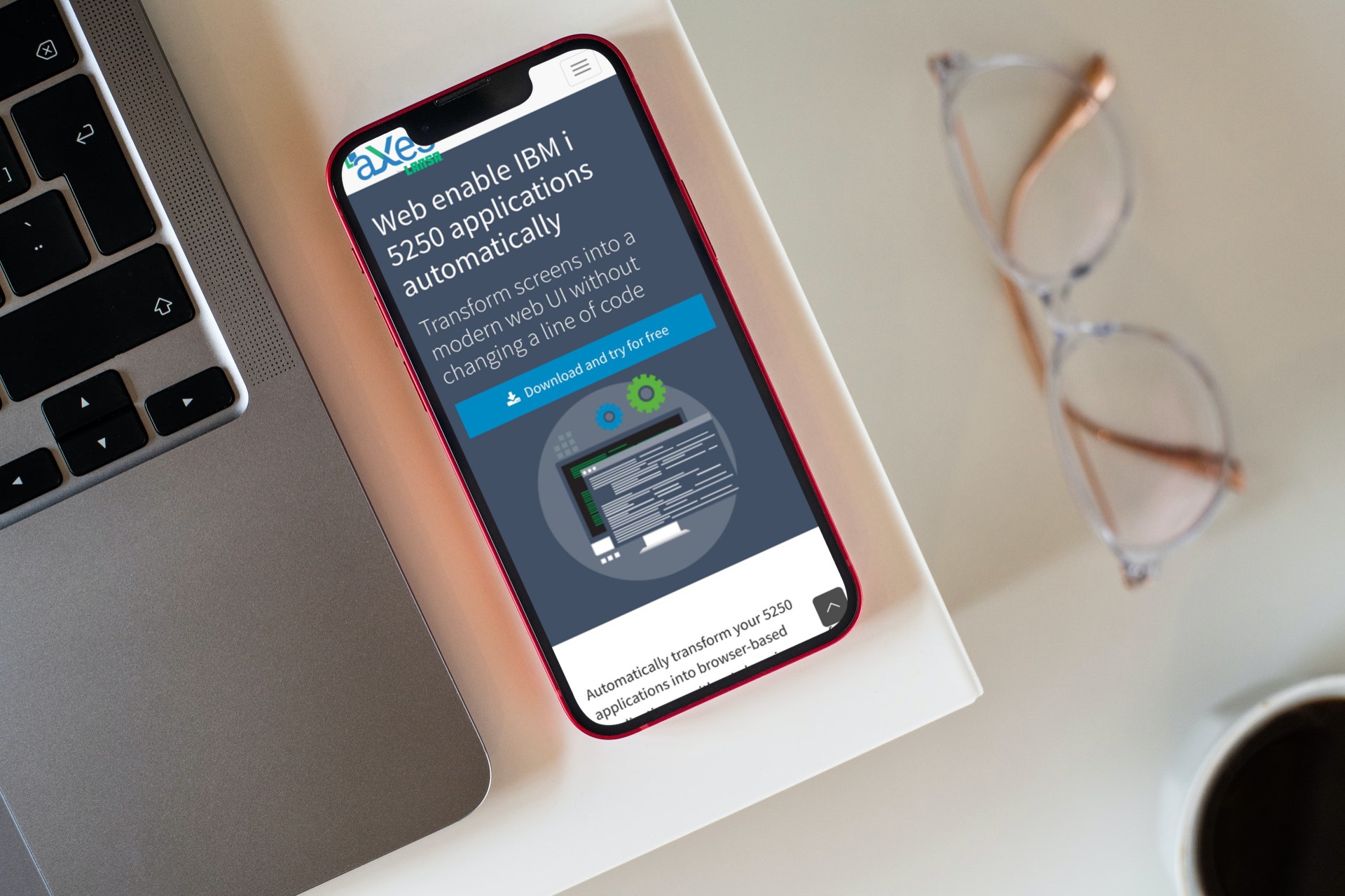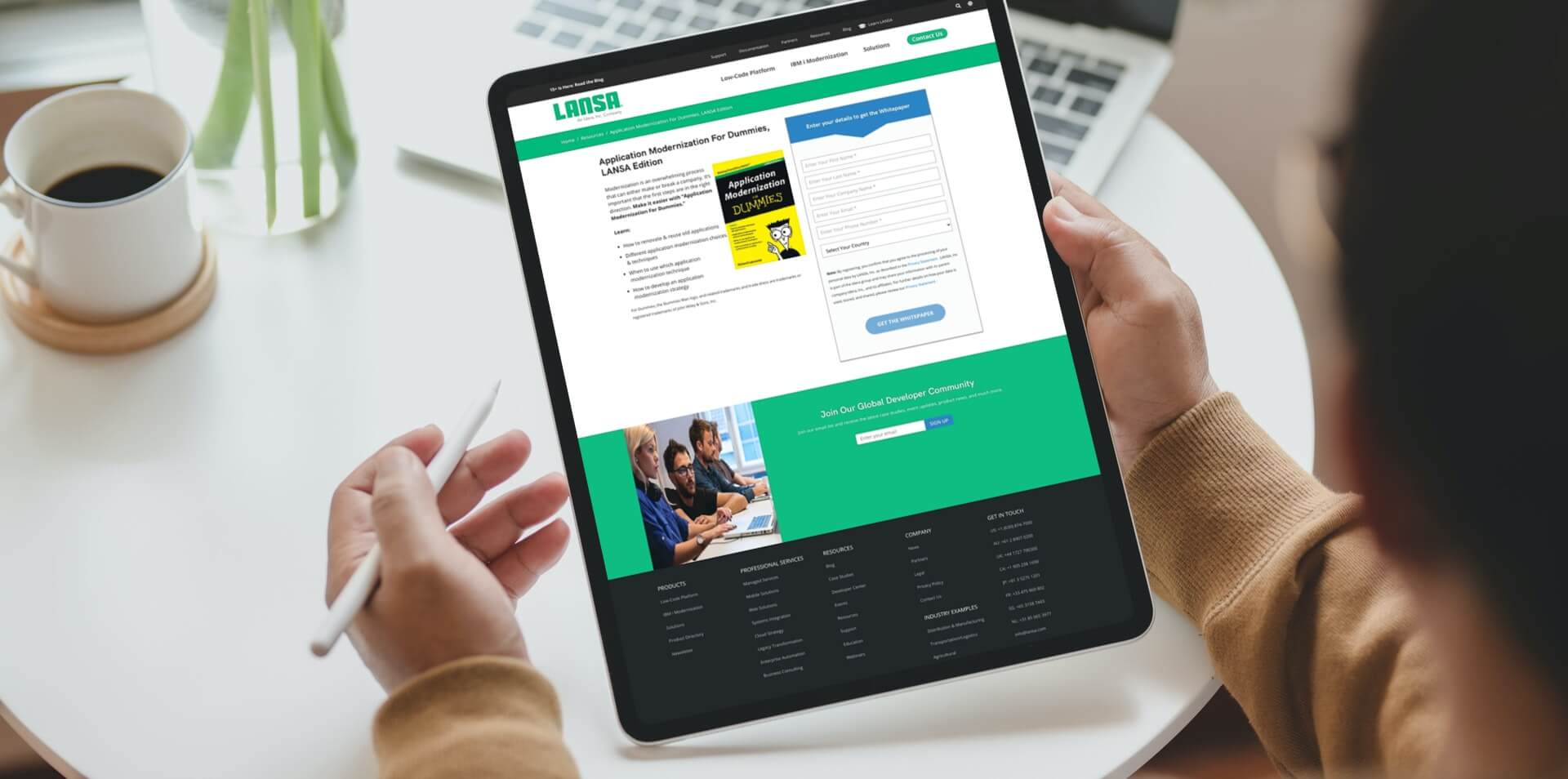eCommerce has been around a long time and it is unquestionably pervasive. While tech trends have come and gone, and fads that were just recently ‘in’ and a ‘must have’ have now become redundant, there is no indication that the trend to sell goods online is slowing down. However, just because a business may have built a website that sells their goods does not mean that they can rest on their laurels and reap the rewards. Selling merchandise online has evolved from featuring a static product catalog display on a website to becoming so much more sophisticated, dynamic and fast changing. Unlike traditional EDI (electronic data interchange) – which has had marginal changes over its lifetime – the eCommerce business requires continued nurturing.
The impact of eCommerce has affected consumer habits and therefore businesses in many ways:
- We have become an on-demand society with 24 x 7 expectations. Consumers no longer wait for doors to open and expect access to products and information to be ongoing.
- Prospective buyers and target audiences can be global if business systems are able to support multi-currency, shipping and customs and multiple languages.
- Retail shopping can be done without fighting for parking at a bricks and mortar store. eCommerce has brought about the creation of companies like Amazon and eBay that have no physical retail store-front. Some retail stores have changed their operations, reduced the size of their physical storefronts or refocused their product assortment in-store and subsequently increased online options. Some of these same businesses also provide self-serve express kiosks in airports, requiring no sales associates.
- Customer satisfaction is now heavily influenced by opinions via social networking and product reviews. It’s more about the perception of customer service at the virtual level and less about what occurs in store or by phone.
- Consumers have more control of their purchase decisions. Window-shopping has been replaced by “reference shopping” where consumers research the product online, determine full specifications and price compare without needing to physically touch the product or speak to a salesperson. Reference shopping is magnified by sites like NexTag and Google Shopping that offer comparison shopping and only force further competition.
- Carrier services have become technologically more sophisticated to support business demands, offering more service options along with integrated tracking and cost calculations.
To keep the eCommerce channel lucrative, businesses need to entice customers to their website in as many ways possible. The goal is to keep visitors on their site long enough to convert a sale and then establish enough loyalty to keep them coming back for more.
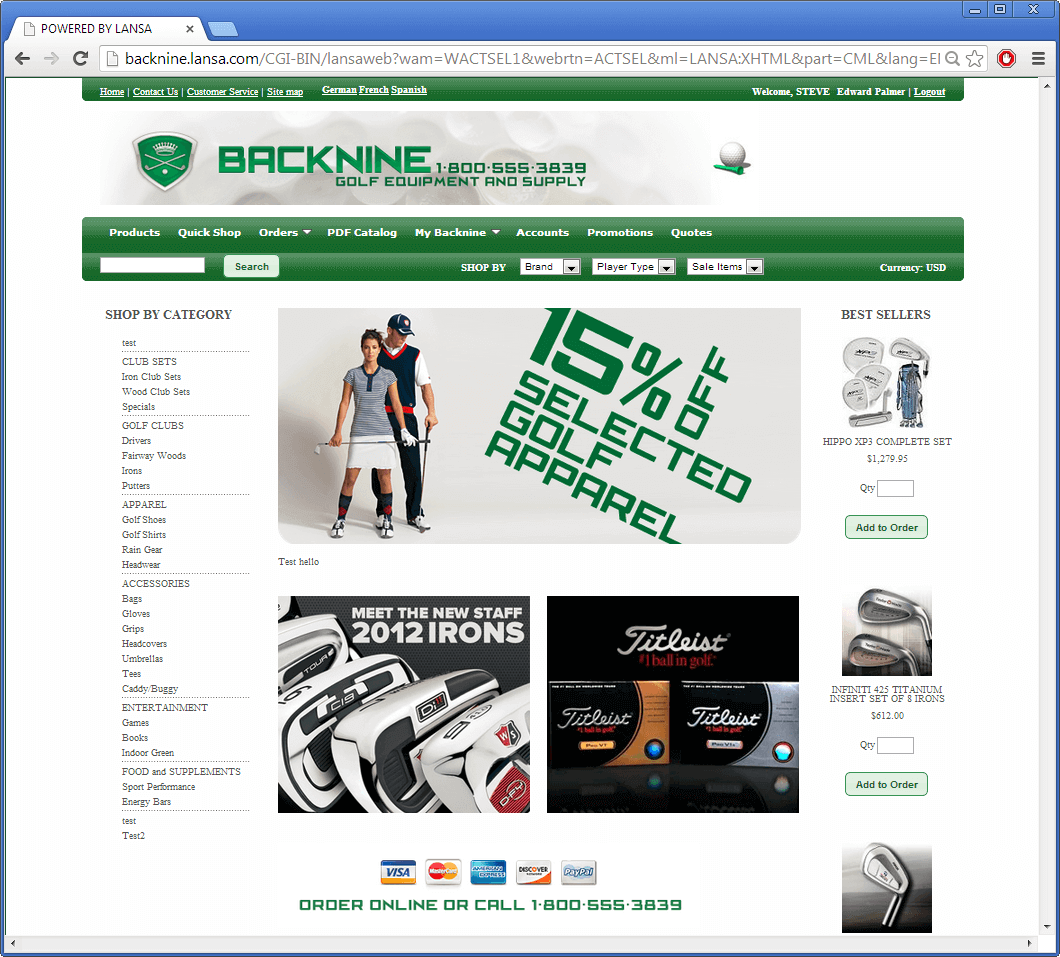
Trying to sell electronic parts is not the same as selling high-end fashion. Meaning, there is no one size fits all approach for an eCommerce strategy and not all elements apply to every target audience or product or services type. Being involved in eCommerce website design and development, and also a consumer, the subsequent pages include my perspective of what I believe businesses need to factor, improve and incorporate in their eCommerce strategy to reach prospective buyers. These aspects apply to both B2C and B2B scenarios but may have different flavors based the segment and industry. Each of these areas are worthy of lengthy details and independent posts, so the following are high-level overviews and recommendations.
Get Them to the Site
- Enable your site to be used. A few years ago, the challenge for websites was to ensure that the site worked properly across multiple browsers on an array of PCs. Today, in addition to browsers, consumers are using mobile devices on various platforms to access your site. For proper display of your website on mobile devices you will need to anticipate the various device sizes. web-responsive design enables the web page display to adjust according to the proportion and size of the device. If you are still determining your mobile strategy and deciding between web mobile or native, consider that it may not be about which is better, but instead which is more suitable and achievable.
- Allow your site and products to be found by search engines. For B2C sites, consumers need to find your product easily online. To accomplish this you need good quality, frequently updated content along with appropriate keyword use that search crawlers can find. Also, a valid sitemap and findable links back to your site will improve your SEO (search engine optimization) rankings. Whether you choose to just focus on ‘organic’ SEO techniques, or allocate budget for ‘paid’ search results, getting found by site crawlers is an iterative process that requires monitoring and analysis.
- Broadcast and draw attention. Social networking is more than just finding or stalking old friends. The social influence to ‘like,’ ‘follow,’ ‘recommend’ and ‘tweet’ have become more far reaching than billboard and paper advertising.
- On-boarding strategy. For B2B sites, consider incentive marketing like web exclusive offerings to encourage your repeat customers or new visitors to use your site rather than continue with their older but familiar techniques. Refer to the blog, “Successful Application Rollout Strategies – If you build it, will they come?” for a more detailed review of on-boarding ideas.
- Consider affiliation with sites that support eProcurement or supplier exchange marketplaces that can punch out/link to your product catalog. eProcurement groups tend to be state or government-driven, but also exist for large buying groups often in specific industry verticals.
Take a look at the challenges that come with both a traditional and low-code IBM web app in this guide.
Keep Them Interested
As a consumer, I can be fickle. If I walk into a retail store and don’t like the vibe such as lighting or how the shelving is laid out, or the attitude of the sales associate I’ll walk out. Same as a website, if it’s too slow, looks too dated, or it’s difficult to find what I want I lose interest and will go look somewhere else.
- Make it look good. Once you have lured visitors to your website, ensure that the site is appealing and easy to navigate. First impressions make lasting impressions. Consider updating your site’s look and feel periodically to keep up with current visual trends of colors, icons and buttons.
- User-friendly navigation. Keep it simple and let customers find their way around your site easily. Consider relevant ways for customers to navigate to your products, be it by keyword searches, or clear category listings that can be filtered and tuned. Fine-tune your keyword relevance rating so that applicable results display in searches. Monitor your site activity to determine user patterns; adjust or enhance your functionality based on that.
- Quality of content. Focus on accurate data; provide relevant, searchable content to showcase your products and use quality images.
- Performance. Keep your site nimble because consumers are demanding and impatient. If the site load time is being jeopardized because of trying to provide too many images or too much information, reconsider how much and how you show the information. Consider techniques to only load content when needed. Tune your web servers for optimum performance.
- Enable product comparisons, reviews, up sell and cross sell. “You may also like” items helps provide variety and choices of your own products, while “You may also need” items can round out the sale for customers that may not realize that they need additional component parts.
Make the Sale
Make it easy to make the sale.
- Providing accurate data is important. Customers want to know if the product is available, and if not, when it might be. Accurate inventory and ship dates, especially in B2B channels, are vital to sales success. Having your website directly integrate with your ERP system avoids duplication of data, enables real-time access to pricing and availability and ensures the data is dynamic and accurate.
- Once your customer is hooked, be sure to provide a clear call to action as to next steps. Make it easy to know what to do next; “Add to Cart” or “Confirm Order”.
- Make sure the customer feels safe. The checkout process needs to feel and must be secure. Use appropriate security, keep your certificates updated and follow PCI security standards when handling credit card information.
- Provide multiple payment options, if feasible, be it with integrated solutions through payment gateways or third party payment processors. Enabling secured and saved credit cards for frequent use saves time from keying in details. There are many new evolving directions in short cutting payment entry – digital wallets, facial recognition payment and more.
- Streamline the checkout process as best as possible when asking for billing and shipping information. It’s important to provide immediate confirmation and reference information to the customer once their order has been placed.
Keep Them Coming Back
If your customer’s purchase experience was favorable, there is always a chance they’ll to return for a repeat buy.
- Keep your customer informed with integrated and accurate shipment tracking information.
- Offer special pricing for return customers, extend pricing based on promotions offer volume breaks. Creatively clear out old stock or sell-offs this way.
- Consider the ROI for introducing a loyalty points program.
- If you use email marketing, give users the option to opt in or out. Personally, I tune out once the emails exceed my spam tolerance.
- Determine new value-add functionality like warranty services.
- Target multiple demographics and countries by being multi-lingual and allowing visitors to select their preferred language while browsing your website.
- Go global and support multi-currency if it makes sense and can be done.
- Expand into separate storefronts to target different demographics or considering custom branding product divisions or separate your business via targeted channels. Integration to your products would be the same, but the user experience and access to special pricing and inventory can be controlled differently per storefront.
For B2B channels, if the business process can be automated and reduces or eliminates errors, repeat business is even more compelling when you:
- Provide more self-service functionality for your dealers or partners such as access to account statements, invoices and enable invoice payment. This may not generate new revenue but can ensure accuracy and reduce customer service calls.
- Simplify re-ordering using approaches such as saved or template orders and order file uploads.
- Consider Marketplace bidding or quoting or establish a supplier portal to automate processes with your suppliers.
The key components of eCommerce sites are all the same. One can typically expect that there is a means to view a product catalog, be it by a search or listing where items can be added to a cart. During the checkout process, customer credentials are input to establish location of shipping and payment, followed by confirmation of the order. It is the experience during the various ‘steps’ or processes that affect the broader perspective for the consumer and will distinguish the better sites.
For businesses that have not updated their websites in a while, it may just be more about focusing on making sure it works well with good quality content and accurate information rather than adding new functionality. It’s important to monitor the analytics of both your website usage and the transaction activity of your back end systems to determine what suits your audience and your products. Also, perform ROI calculations to assess what can be gained from enhancements or changes. Doing too much to your website could be as detrimental as doing nothing if it is not correctly focused.
I encourage you to take the transformation one step at a time and evolve your eCommerce strategy as it makes sense. Keeping your eCommerce presence current will allow you to take full advantage of the digital consumer wave.
Learn how to fully realize the benefits of a CRM system and truly transform your eCommerce presence in this article about IBM customer relations.


